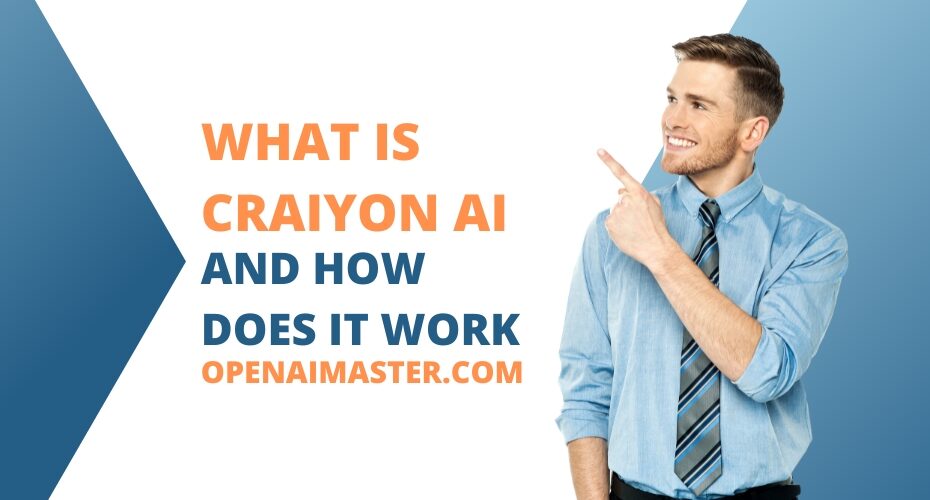Have you seen those vivid viral images emerging from imaginative prompts? The chances are high they sprung from Craiyon‘s canvas. This free AI tool lets anyone conjure captivating scenes straight from text descriptions. 🖌️
But how does Craiyon seamlessly blend language and images? As an AI researcher, I‘ll walk you through the advanced technology allowing this system to manifest monuments, landscapes, and more with just a few words. 🤖
The Data Behind the Magic
Craiyon learned its craft from Conceptual Captions – a dataset of over 15 million digitally-created images. Each picture links to a nuanced caption detailing elements like objects, poses, lighting, and styles.
Here‘s an example pairing:

A friendly cartoon whale wearing a formal top hat and monocle. The whale is depicted in a full human suit, sitting at a table, drinking a cup of tea with its pinky outstretched
Analyzing these detailed examples allows Craiyon to connect textual concepts to visual properties.
| Generator | Accessibility | Realism | Limitations |
|---|---|---|---|
| DALL-E 2 | Closed beta | High | Requires complex prompts, high generation cost |
| Midjourney | Public beta | Stylized | Inconsistent quality, tendency to hallucinate non-prompt details |
| Craiyon | Public | Moderate | Struggles with rare concepts, biases from training data |
The Magic of Diffusion Modeling
So how does this foundation in Conceptual Captions allow Craiyon to materialize images from text? The secret lies in diffusion modeling – Craiyon‘s ingenious AI technique.
Diffusion models create images pixel-by-pixel. They‘re trained to continually refine fuzzy versions of the data samples until a coherent picture emerges. This iterative approach allows for fine-grained control over image generation unseen in other AI methods.
Let‘s break down the math illuminating this magic:

The equation visualizes how Craiyon introduces noise then gradually recovers detail based on the text prompt, masterfully blending language and vision.
The Future of AI Creativity
Powering tools like Craiyon demands immense computational resources. To train Claude, Anthropic leveraged 2048 TPUv4 cores for 51,200 hours – that‘s over 5 years of continuous computing! 🤯
This shows why scaling AI art tools requires substantial data, computing, and care. But once ready, systems like Craiyon unveil new creative frontiers in areas like marketing, design, and beyond!
As this technology continues maturing, I foresee Craiyon evolving into an indispensable sidekick for bringing visions to life with ease. Buckle up for the thrilling ride towards AI expanding the horizons of human imagination! 🚀
